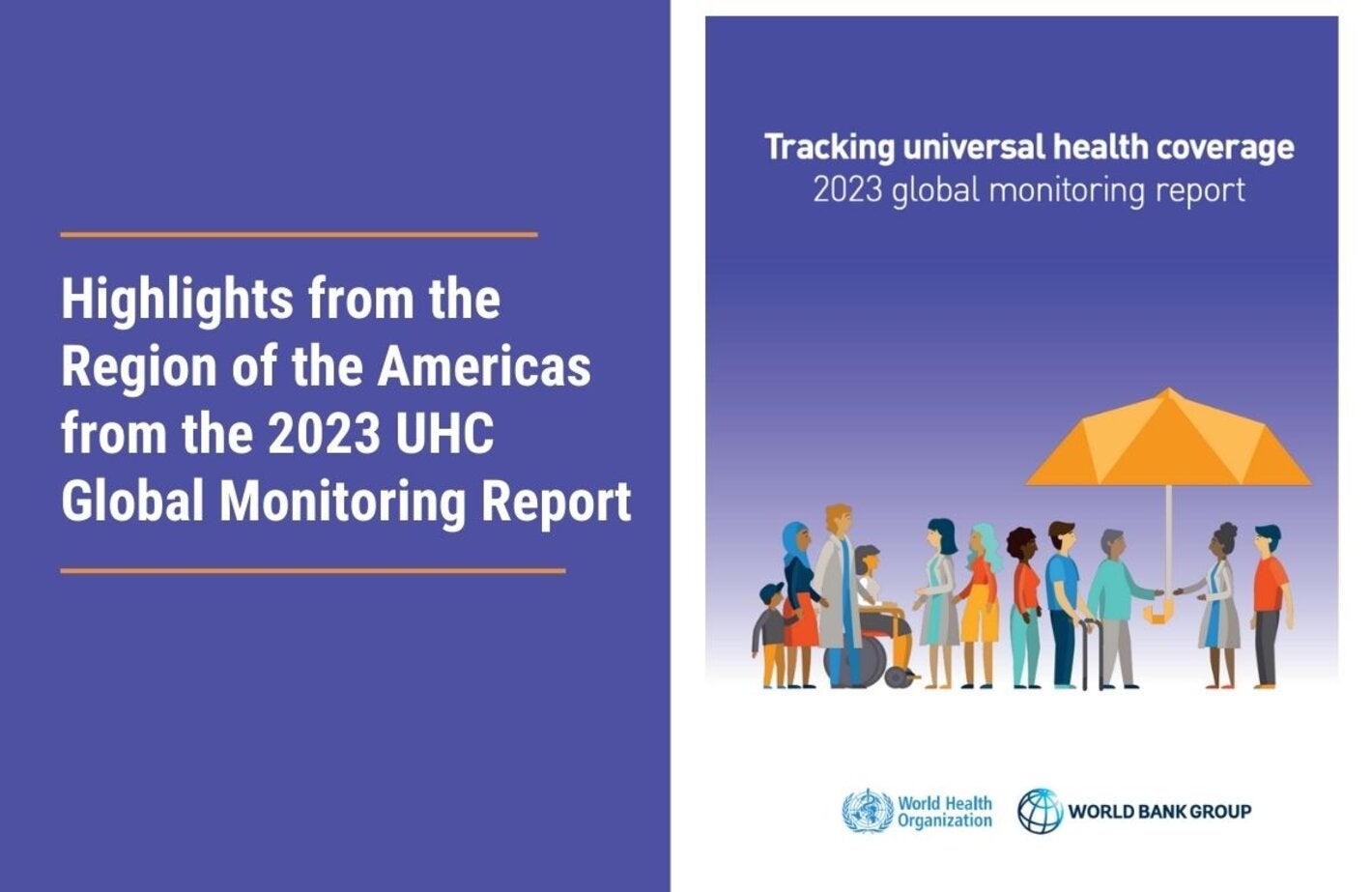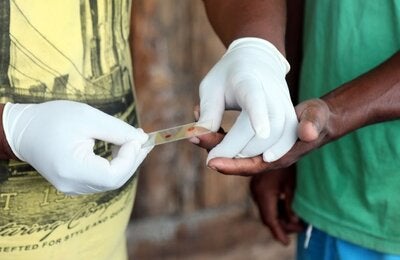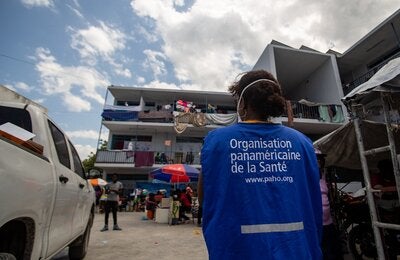
Washington D.C. 17 October 2023 (PAHO/WHO) – The release of the 2023 Universal Health Coverage (UHC) Global Monitoring Report, jointly published by the World Health Organization and the World Bank on 18 September 2023, has provided significant insights that are particularly relevant to the Americas Region.
The report provides the latest updates on global progress towards health service coverage (SDG 3.8.1) and financial protection (SDG 3.8.2), and paints a concerning picture of global UHC even before the COVID-19 pandemic. Progress in expanding health service coverage had stalled since the launch of the Sustainable Development Goals in 2015, and financial protection for those receiving health services had deteriorated. As of 2021, around 4.5 billion people, roughly half the world's population, lacked essential health services, and in 2019, about two billion people faced financial hardship due to out-of-pocket health spending, including 344 million people living in extreme poverty.
In the WHO Region of the Americas, there has been notable success in achieving high service coverage and relatively low incidence of catastrophic out-of-pocket (OOP) health spending in 2019 when compared to global averages. However, despite these achievements, there are concerns. Service coverage trends, as measured by the SDG 3.8.1 UHC Service Coverage Index (SCI), show stagnation in the Americas between 2019 and 2021, which poses a potential threat to the progress made in recent decades. The score, which improved from 66 in 2000 to 80 in 2019, has seen little growth.
By 2019, three sub-indices in the Americas had surpassed 80, indicating high coverage levels for reproductive, maternal, newborn, and child health (RMNCH), infectious diseases, as well as service access and capacity. However, progress in the non-communicable diseases (NCD) sub-index slowed down after 2015.
The incidence of catastrophic OOP health spending remained stagnant at around 8.3% between 2000 and 2010 while service coverage expanded rapidly. It dropped to 7.4% in 2017, but between 2017 and 2019, there were concerning signs, with service coverage stagnating and the proportion of the population facing catastrophic OOP health spending increasing to 7.8% in 2019, affecting 79 million people. In terms of impoverishing OOP health spending, improvements were seen in 2019, impacting only 0.9% of the population compared to 6.1% in 2000. However, at the relative poverty line, the situation deteriorated continuously, rising from 13.2% in 2000 to 14.5% in 2019.
The COVID-19 pandemic's impact on essential health services, combined with the socioeconomic crisis, resulted in worsened access conditions, leading to delayed and missed care. This is reflected in a higher incidence of unmet healthcare needs due to various barriers on both the supply and demand sides.
Based on the latest household survey data, eight countries reported a higher percentage of their populations experiencing unmet healthcare needs. On average, the percentage increased from 34.1% before the pandemic to 41.5% in 2020. Furthermore, individuals with lower incomes, rural populations, and lower educational levels are more likely to face unmet health needs. It is crucial to recognize that access barriers vary among countries and within their populations, and the complex interplay of these barriers can be more significant than the individual impact of each factor.
These findings emphasize the urgent need for global action to ensure equitable and accessible health for all. This requires investment, innovation, and implementation in Primary Health Care (PHC), drawing lessons from the pandemic. It's crucial to transform health systems based on the PHC approach. This involves focusing on subnational and local implementation and promoting three key PHC components:
- Enhancing integrated service delivery with a focus on the first level of care and essential public health functions for comprehensive, people-centered care.
- Encouraging community involvement in healthcare decision-making and service delivery.
- Promoting collaboration among relevant government agencies and sectors to address social determinants of health through policy measures.



